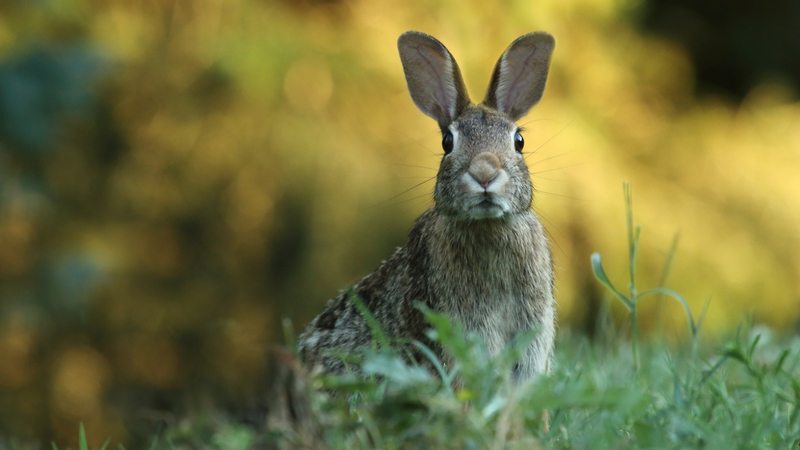Pests and Diseases
Episode #7 of the course Small-scale gardening by Alice Morgan
Today, we’ll talk about pest and diseases that may be harmful to your plants and what you can do to get rid of them.
Blight
Blight is caused by bacteria or fungi that attack the tissues of plants. The microorganisms associated with blight prefer cool, damp conditions, so plants that receive lots of light and air flow should be safe. You’ll know your plant has blight if you start finding dark brown or moldy-looking patches on leaves or indented dark patches on stems. Remove as much of the affected area as you can and dispose of the infected material far from the garden. Spray the remaining plants with a solution of baking soda dissolved in water. The best solution for blight is to plant resistant varieties (or cultivars) and rotate where you put your vegetables from year to year.
Rots
Rots tend to predominantly affect trees and woody shrubs but can affect roots crops as well. Moisture-loving bacteria and fungi eat away at the plant’s roots until it turns yellow and won’t perk up when watered or fertilized. Prevent rot by planting resistant varieties, making sure that your plants have adequate drainage and are spaced far enough apart for air to circulate.
Wilt
Wilt is caused by a lack of watering. When plants don’t get enough water, microorganisms can attack the the plant’s system responsible for fluid movement. This causes the wilt to become permanent. Plants with wilt will droop, turn yellow, and develop dark spots. To keep wilt at bay, plant resistant cultivars, immediately destroy affected plants, and practice crop rotation.
Nematodes
Nematodes are tiny roundworms that live in garden soil. They pose no danger to humans but can wreak havoc on your vegetables. They use their sharp teeth to devour plant tissues. Nematodes create weak plants that refuse to grow and always look wilted. Use lots of organic matter in your garden to help prevent nematodes. Plant resistant cultivars, practice crop rotation, and don’t spread any affected soil. You can also try planting marigolds between susceptible plants, as they repel nematodes.
Powdery Mildew
Powdery mildew is one of the conditions you’re most likely to encounter. Fungi causes a dry, whitish-looking mildew on the surface of the plant’s leaves. Sometimes you can see the tiny black spores as well. The plant’s leaves will eventually shrivel. Control powdery mildew by planting vegetables far enough apart to promote air circulation, and destroy affected areas before the spores spread. You can also try spraying bicarbonate soda solution onto the affected area.
Slugs and Bugs
If you start to see holes appearing on the leaves or stems of your plants, an insect is probably the culprit. Slugs are easy to spot because they leave sticky trails of slime all over the garden. Combat these sticky creatures by sprinkling ground egg shells or coffee grounds around your plants. You can also leave small dishes of beer in the garden to drown them.
Other insects can be more difficult to diagnose without seeing them. However, you should look for beetles, caterpillars, worms, or small crawling insects. Pick them off your plants where you see them and dispose of them. You may also want to look into creating habitats for beneficial insects like ladybugs and preying manti that prey on pests. Depending on the type and size of the insect, you may also need to set traps or scrape them off before applying neem oil, garlic spray, or insecticide soap.
Animals
Animals are another sort of creature that may want to eat your crops. Rabbits, groundhogs, deer, and birds all love to munch tender seedlings or ripened berries. For terrestrial animals, you’ll need a fence that they can’t jump over or burrow under. It helps to plant pricklier crops like cucumbers, tomatoes, garlic, or onions, but you can also create a DIY cayenne spray from water and blended peppers. For birds trying to eat berries or recently planted seeds, you’ll want a bird net that will block their access to your produce.
Pests and diseases can be annoying, but as long you put in the effort up front to seek out disease-resistant cultivars, practice crop rotation, and build your defenses, they’ll only be a minor inconvenience. Tomorrow, we’ll move to one of the best practices for your garden’s health: composting!
Recommended book
The Naturally Bug-Free Garden: Controlling Pest Insects without Chemicals by Anna Hess
Share with friends

